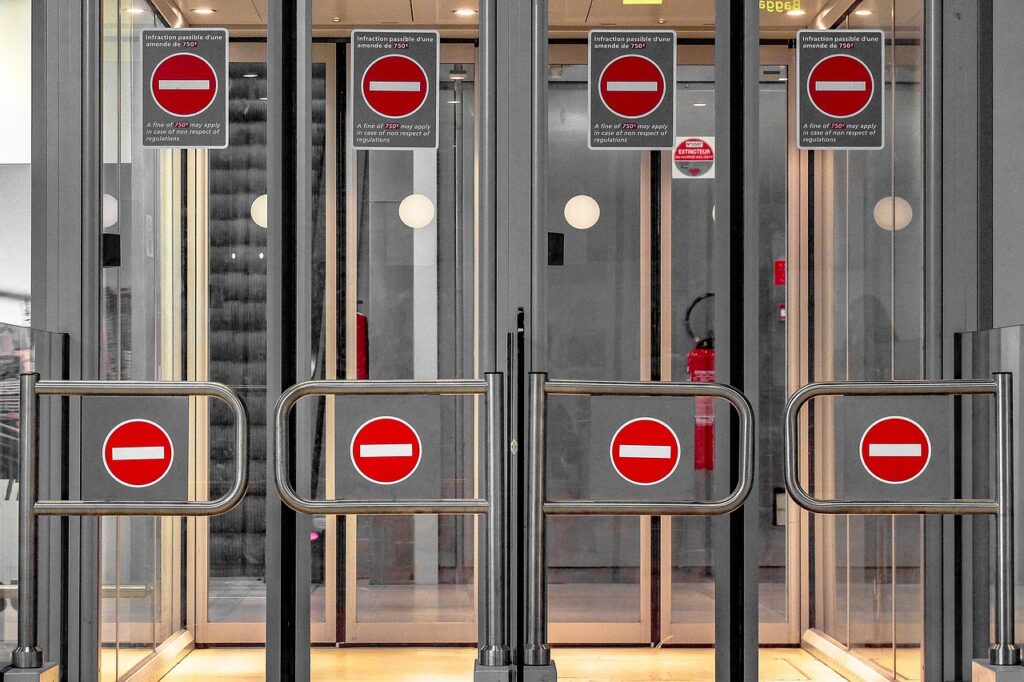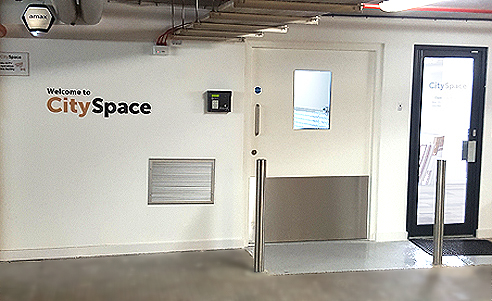Touchdown into the World of Advanced Airport Security Systems
Navigating through the annals of airport security, one discerns a compelling narrative of evolution and innovation tailored to address the fluctuating threat levels and the burgeoning number of air travellers globally. From manual checks to the current era, where technology plays an instrumental role in securing airports, the trajectory of advanced airport security systems illustrates a relentless pursuit of enhanced safety and efficiency. The paramount need to shield airports from potential threats has propelled continuous advancements in their security systems, ensuring a safe transit space for millions of passengers.
Biometric Security: A Seamless Confluence of Security and Efficiency
A surge in the adoption of biometric technology within airport security paradigms exemplifies the integration of enhanced security with operational efficiency. Biometric security systems, leveraging unique physiological characteristics such as fingerprints, facial features, and iris patterns, not only fortify security but also streamline passenger flow through airports. By automating identification processes, airports can ensure secure and expedited transitions for passengers, from check-in to boarding, while minimising queues and facilitating smoother operations. The global pandemic further bolstered the adoption of contactless biometric systems, contributing to a safer and more hygienic travel environment.
Robust Surveillance Through Advanced CCTV Systems
CCTV systems within airports have transcended beyond mere surveillance to become comprehensive security solutions, interweaving advanced technologies such as Artificial Intelligence and Machine Learning. Modern CCTV systems provide real-time analytical data, enabling security personnel to detect and respond to anomalous activities swiftly and effectively. According to the Civil Aviation Authority, the UK hosts some of the world’s busiest airports, necessitating a vigilant eye that can concurrently ensure safety and manage enormous passenger volumes. The data and insights derived from these advanced CCTV systems are pivotal, enabling strategic deployment of security resources and facilitating preemptive actions against potential security breaches.
Enhanced Access Control with Sophisticated Door Entry Systems
Ensuring secure access to critical areas within an airport is paramount to safeguarding both passengers and assets. Advanced door entry systems, which employ technologies such as smart cards, biometrics, and multi-factor authentication, restrict access to authorised personnel, thereby fortifying physical security barriers. These systems not only deter unauthorised access but also provide a traceable log of entries and exits to sensitive zones, ensuring accountability and enhancing investigative capabilities in the event of a security incident.

The Pinnacle of Integration: Unified Airport Security Systems
Conjoining the various strands of security technologies, unified airport security systems stand out as a beacon for the future trajectory of airport security. Integration of biometric security, CCTV surveillance, and advanced door entry systems, underpinned by a robust cybersecurity framework, manifests as a cohesive security apparatus that is both resilient and adaptive. By fostering seamless communication and interoperability among various security technologies, airports can cultivate an environment that is comprehensively secure, efficiently managed, and prepared to adapt to the evolving threat landscape.
Harnessing the Power of Artificial Intelligence in Security Protocols
The advent of Artificial Intelligence (AI) has inaugurated a new chapter in the book of advanced airport security systems, by adding a layer of predictive analytics and automated functionalities that enhance the responsiveness and effectiveness of security protocols. AI integrates into various facets of security systems, including CCTV surveillance and access control, offering a smart, adaptive, and highly efficient security management approach. For instance, AI-enabled cameras can autonomously identify and alert security personnel about suspicious activities, unattended objects, or crowd anomalies, ensuring that potential threats are identified and mitigated in real-time. Furthermore, AI’s capability to analyse and learn from data enables airports to continually refine and augment their security measures based on emerging trends and threat patterns.
Cybersecurity: A Shield for Physical Security Apparatus
In an era where data is paramount and connectivity is pervasive, safeguarding the digital realms of physical security apparatus emerges as a pivotal facet of airport security. Cybersecurity in airport security systems ensures that the technologies deployed, such as biometric scanners, CCTV networks, and door entry systems, are impervious to cyber-attacks and data breaches. A secure cyber framework not only protects sensitive data from being compromised but also ensures that the integrated security technologies function cohesively without being sabotaged digitally. This includes employing firewalls, encryption, and multi-factor authentication, and also ensuring regular audits and updates to safeguard against evolving cyber threats, thereby maintaining the integrity and functionality of the physical security infrastructure.

Global Collaboration and Standardisation in Airport Security
As air travel inherently connects various corners of the globe, the standardisation and collaboration in security protocols across international borders stand essential to ensuring a universally secure and efficient passenger experience. The International Civil Aviation Organization (ICAO) and various regional bodies work towards crafting guidelines and standards that shape the security protocols of airports globally. Through international collaboration, airports can share insights, innovations, and threat intelligence, enabling a collective enhancement of security measures. Additionally, standardised security practices ensure that passengers encounter a consistent and predictable security process, irrespective of their travel destination, thereby enhancing passenger experience and global security simultaneously.
In conclusion, the paradigm of airport security has witnessed monumental advancements, each epoch ushering in more refined and robust security measures. As the volume of air travellers escalates and the complexity of potential threats magnifies, the continuous evolution and integration of advanced airport security systems remain paramount. In navigating towards a future laden with unseen challenges, the harmonious fusion of technology, strategy, and proactive security management will steer the course towards safer skies and secure journeys.





